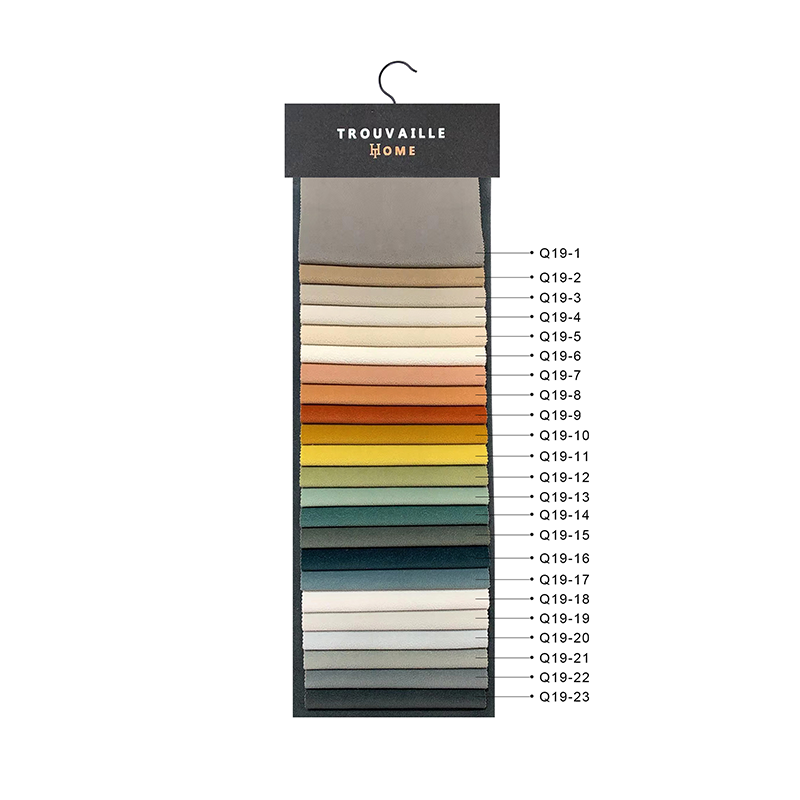Unraveling the Myth: The Dubious Legacy of Embroidered Fabric
Embroidered fabrics come in a rich variety of colours, textures and designs and are a testament to human creativity and ingenuity. Its diversity not only reflects the myriad cultures and traditions that gave birth to this ancient craft, but is also a celebration of personal expression and artistic vision.
Across continents and centuries, embroidered fabrics have served as a canvas for storytelling, cultural identity and personal embellishment. From the intricate floral patterns of Chinese silk embroidery to the bold geometric patterns of West African textiles, every stitch carries a piece of history and heritage that speaks to the soul of its creator.
In China, the art of embroidery dates back thousands of years, with techniques and styles evolving alongside China's rich cultural tapestry. Silk, with its luxurious luster and delicate texture, has long been the fabric of choice for Chinese embroidery artisans. From the courts of the Ming and Qing dynasties to humble villages in rural China, embroidery adorns clothing, accessories and home furnishings, with patterns inspired by nature, mythology and everyday life.
In India, embroidery is a vibrant and integral part of the country’s textile heritage. From the colorful silk threads of Rajasthan to the intricate mirror work of Gujarat, Indian embroidery reflects the diversity of its people and landscapes. Each region has its own unique stitches, patterns and patterns, passed down from generation to generation of skilled craftsmen who infuse their work with a sense of pride and craftsmanship.
In West Africa, textiles are not just fabrics but living expressions of cultural identity and social status. Embroidery and textile arts play a central role in rituals, rituals and daily life, and their patterns and patterns often carry deep symbolic meanings. From Ghana’s Adinkra symbols to Mali’s indigo-dyed fabrics, West African textiles are a testament to the resilience, creativity and cultural pride of the continent’s diverse peoples.
In Europe, the art of embroidery flourished during the Middle Ages and Renaissance, decorating the clothing, tapestries, and religious relics of royalty and nobility. Craftsmanship such as gold ornaments, stakes, and fine thread were valued for their intricacy and splendor, and embroidered textiles became coveted symbols of wealth and prestige.
Today, the art of embroidery continues to flourish in both traditional and modern forms. From the intricate hand embroidery of indigenous communities to the innovative digital embroidery techniques of modern designers, embroidered fabrics remain a vibrant and ever-evolving art form.
In an age of mass production and fast fashion, embroidered fabrics are a testament to the enduring power of craftsmanship, creativity and cultural heritage. Every stitch weaves together threads of tradition and innovation, reminding us of the beauty and diversity of the human experience.



